A rare fossa has arrived at Chester Zoo
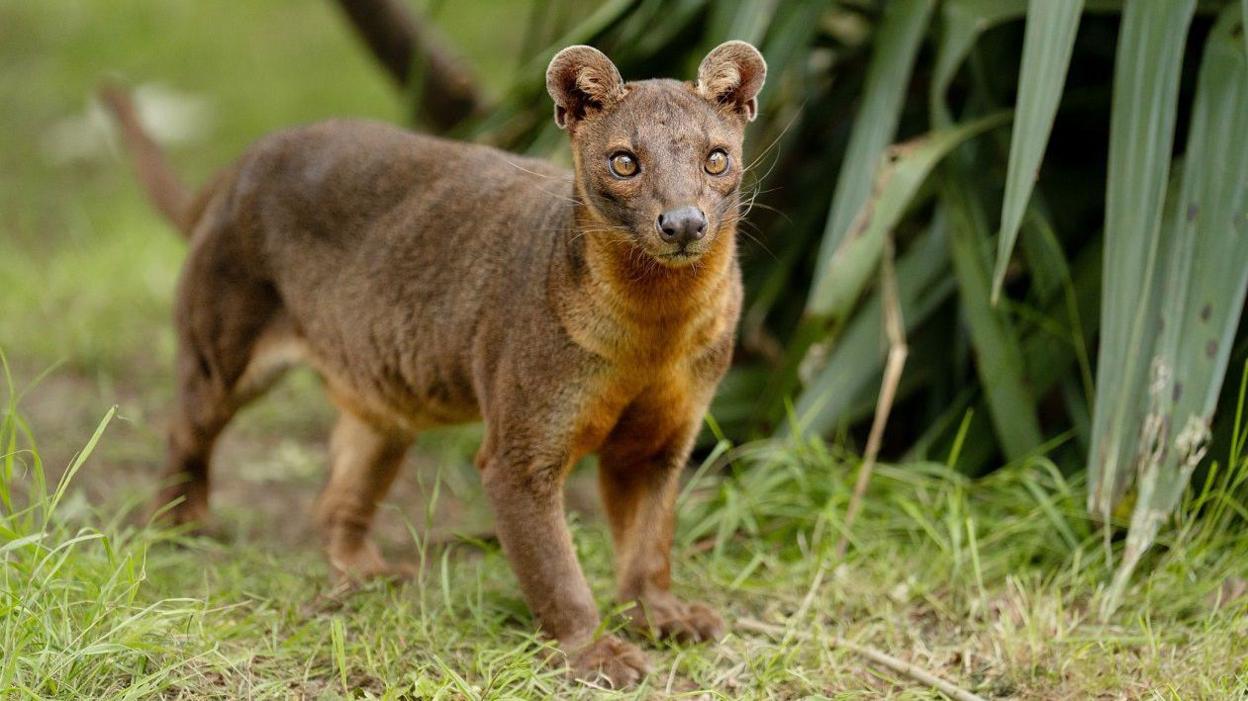
Seven-year-old fossa, Zaza, was brought to the UK from San Diego Zoo in the US
- Published
Chester Zoo has just welcomed a rare fossa.
But unlike many of its additions, this animal hasn't been born at the zoo.
The seven-year-old fossa, called Zaza, was brought to the UK from San Diego Zoo in the US as part of a special international breeding programme.
The mission is to boost fossa numbers to stop them from going extinct.
More animal stories
Support animals: How does your school's furry friend help out?
- Published22 April
Ducks on a baseball pitch and other animal invasions
- Published7 May
Meet Leonardo the tortoise that went wandering
- Published30 April
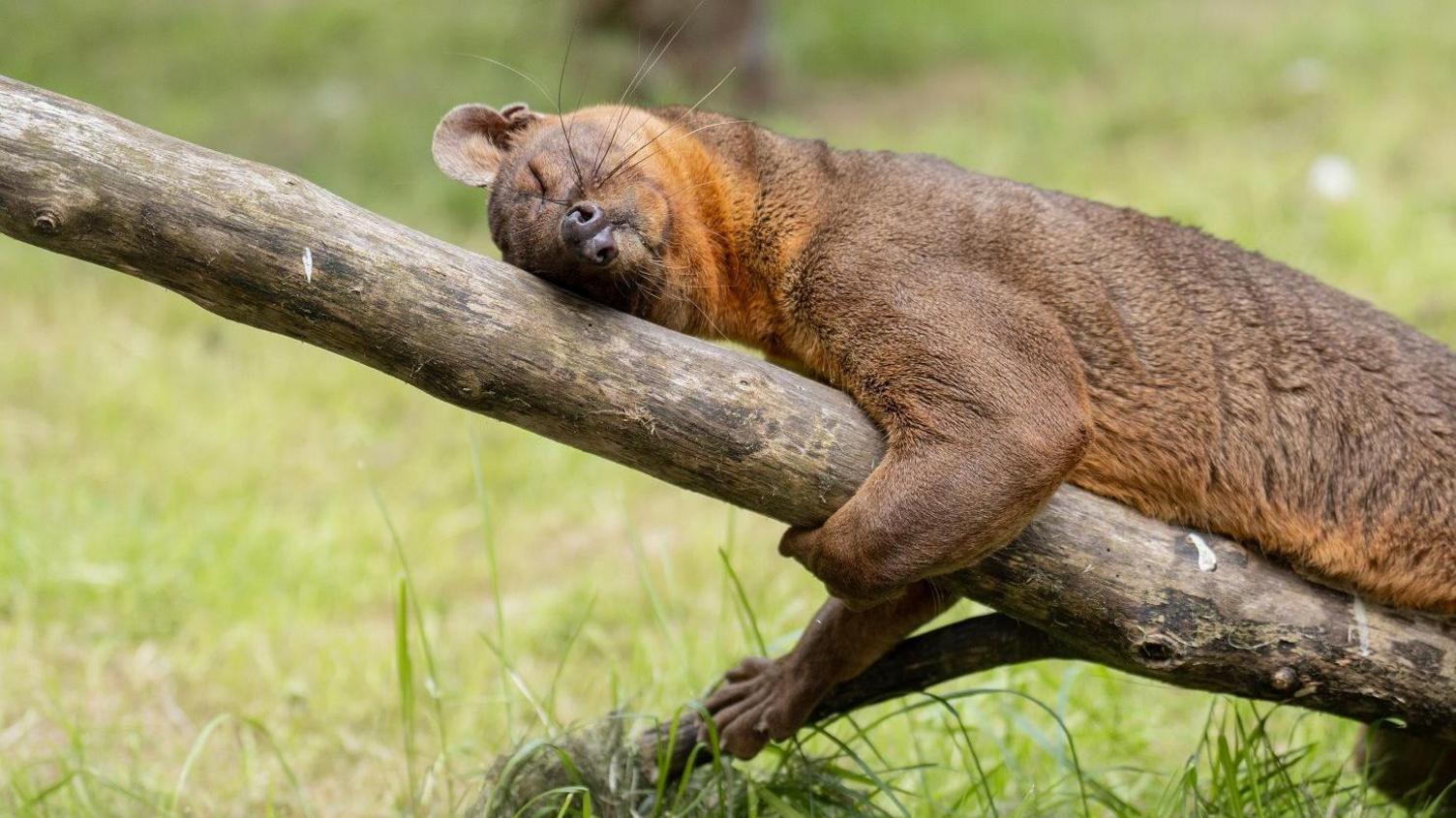
There are thought to be around 2,500 fossas left in the wild
Zaza has been matched with a female fossa at Chester Zoo, called Shala, and it's hoped the pair will go on to have pups.
The animals tend to live alone, so the duo will stay apart most of the time, only coming together for breeding.
"Initially we plan to rotate the two of them separately around different parts of their habitat so they can smell each other," explained keeper Jack Cunningham.
"They can see each other through a glass window and there's also a screen we can slide open between their dens which allows them to see each other, without being able to get to one another straight away.
"It's all part of our slow and gradual introduction process."
Female fossa Shala, who arrived at Chester Zoo in 2018, successfully had a litter of pups with her previous mate, Isalo, who will be moving on from the zoo as part of the same breeding programme.
Why are there worries about fossa numbers?
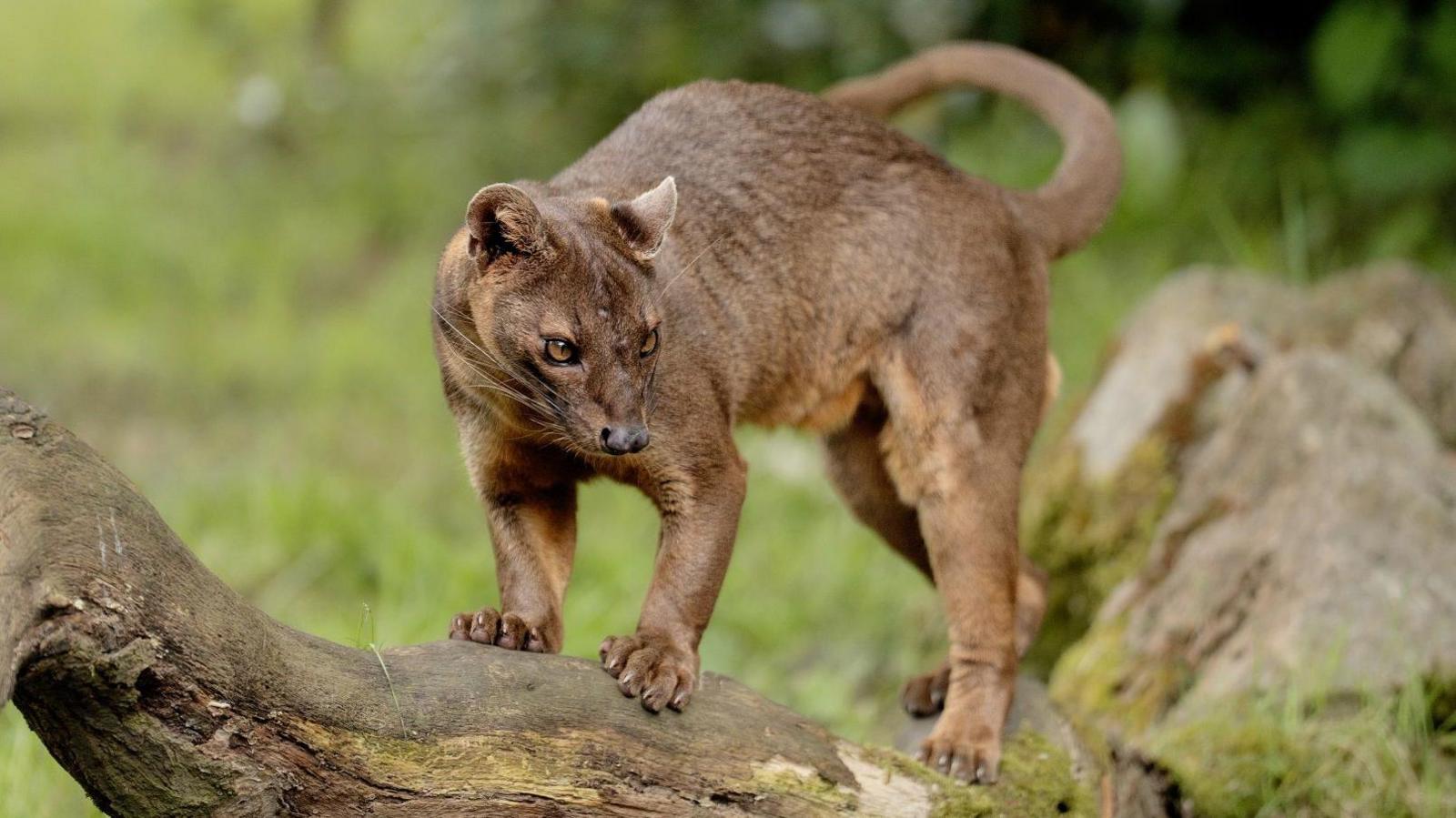
The fossa is an animal which is native to Madagascar.
Its existence is currently under threat, with fewer than 2,500 believed to still be in the wild.
Deforestation has a big part to play in the fall in fossa numbers.
"With the fossa listed as vulnerable to extinction by the International Union for the Conservation of Nature (IUCN), and its wild habitats in Madagascar under threat from rapid development, Zaza's move to Chester Zoo is an important part of the international effort to ensure this wonderful and unique species is safeguarded long into the future," said Mark Brayshaw, who is the head of mammals at Chester Zoo.
As well as drastic changes to their environment, fossas also face risks from dogs and cats introduced to Madagascar as they risk catching catch diseases from them.
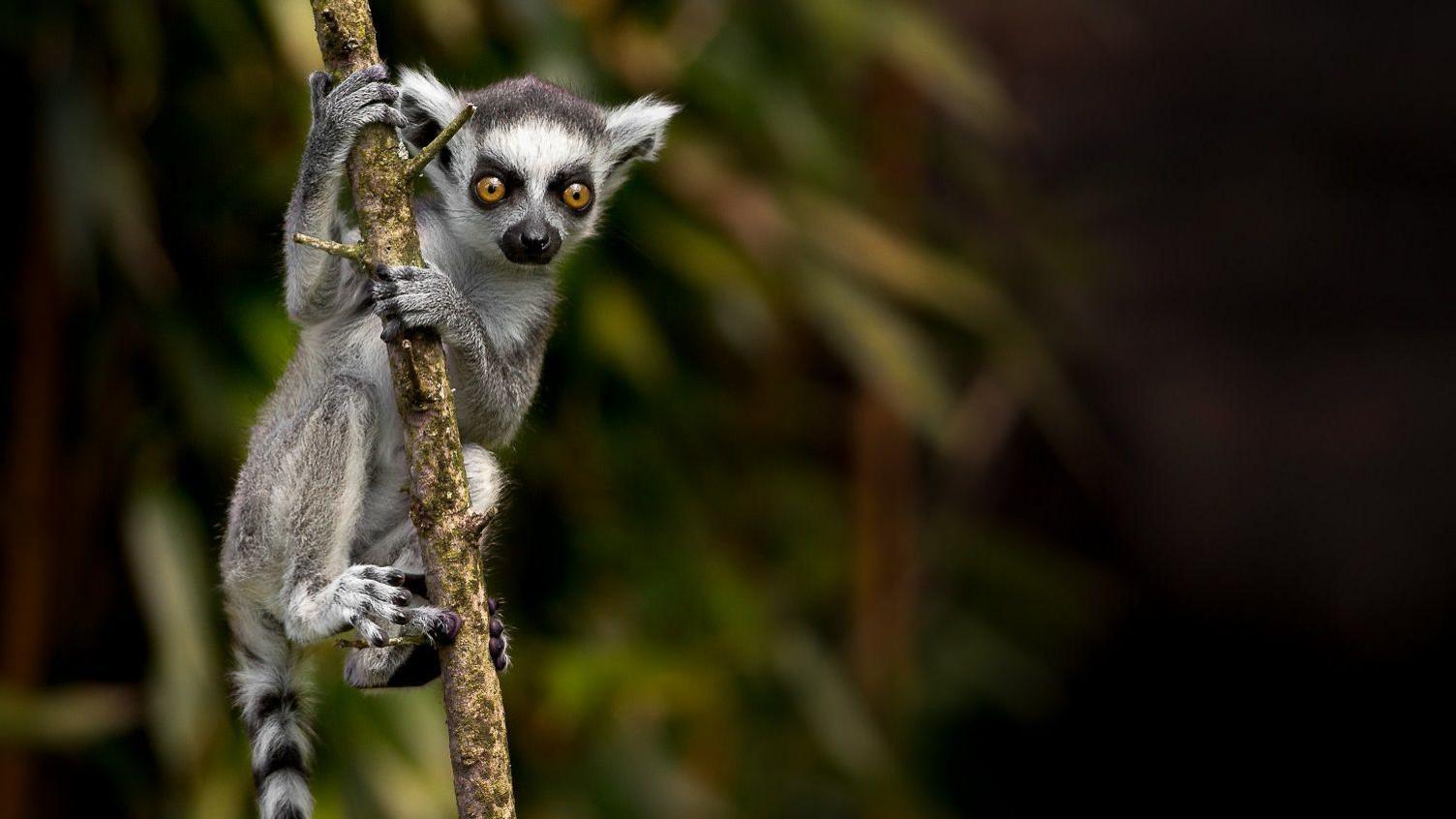
Lemurs make up a large part of a fossa's diet in the wild
The fossa is the largest natural predator on Madagascar.
They hunt for prey such as lemurs, which makes up about half of their diet, as well as other species like birds, lizards and mice.
Although the animals have retractable claws like cats, they are most closely related to mongooses.
More of the latest
- Published9 May

- Published7 May
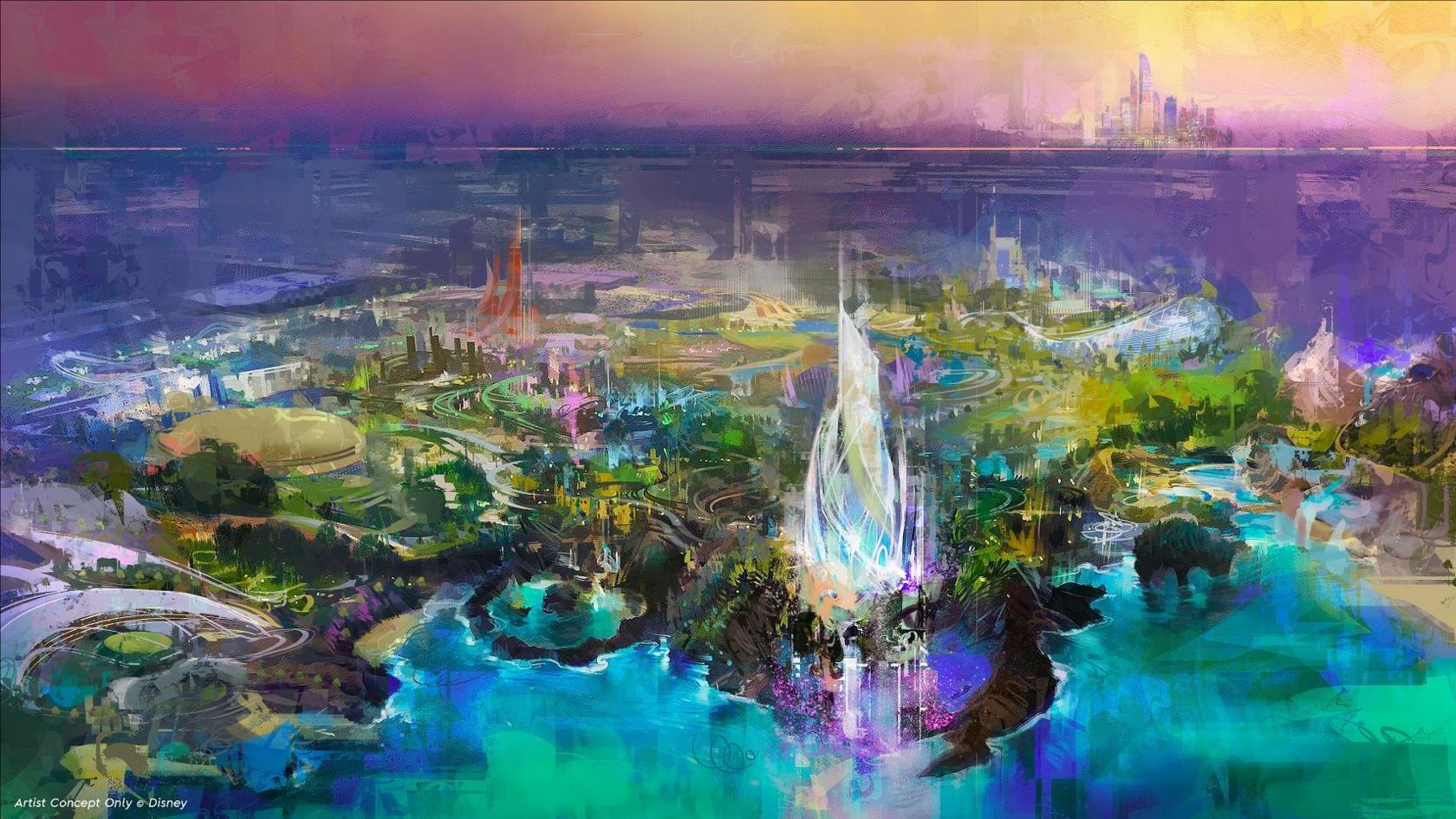
- Published9 May

